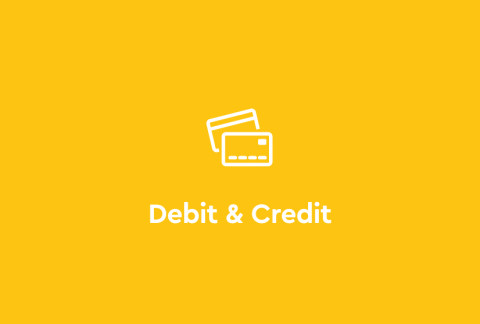Step’s Tax Document Checklist

Filing taxes may seem complicated, but it’s actually pretty simple with all of the necessary documents. This checklist should keep you organized and help you file smoothly. Most employers send W-2 forms by mid-January, so keep an eye on your mailbox or email. And don’t forget—the federal tax deadline is April 15.
🌟 Personal Information
Start with the basics. You’ll need:
Your Social Security Number (SSN) or Tax ID Number (TIN).
If married, your spouse’s full name, SSN, or TIN.
An unexpired government-issued ID for you (and your spouse, if applicable).
💸 Income Documents
Make sure to report all your income sources. Here’s what to collect:
For Employees:
W-2 Form: From each employer to report your wages and tax withholding.
Note: Employers typically send these by January 31. If you don’t receive yours, contact HR right away!
For Unemployed Individuals:
1099-G Form: Reporting unemployment benefits.
For Self-Employed Individuals:
1099-NEC or 1099-K Forms: For non-employee compensation or gig work (e.g., Uber, Doordash, Instacart).
Records of income not reported on 1099s.
Receipts and records for business expenses.
Details on assets used for business.
Example: If you’re a freelance photographer, keep all your invoices and receipts for equipment, software, and props to claim deductions.
For Investment Income:
1099-INT, 1099-DIV, or 1099-B Forms: For interest, dividends, and stock/property sales.
Records of your investments’ cost basis.
Example: If you sold stock last year, make sure you know the purchase price (cost basis) to calculate your capital gains accurately. Your brokerage should provide this information, so check your annual statement or contact them directly if you're unsure.
📄 Tax Deduction and Credit Documents
Education Expenses:
1098-T Form from educational institutions.
1098-E Form for student loan interest.
Receipts for qualified expenses (e.g., textbooks).
Tip: If you bought a laptop for school, check if it qualifies as a deductible education expense.
Home Ownership:
Mortgage interest statements (Form 1098).
Real estate and property tax records.
Medical Expenses:
Records of healthcare costs (insurance, doctors, prescriptions).
Travel and mileage logs for medical appointments.
Example: If you drove 100 miles for medical appointments, you can deduct the mileage at the IRS rate for that tax year.
Charitable Donations:
Receipts for cash or non-cash contributions.
Pro Tip: Your $200 donation to a registered charity could save you on taxes—just make sure you keep the receipt for proof.
📃 Dependent Information
If you’re claiming dependents, gather:
Their dates of birth and SSNs/TINs.
Childcare records, including your provider’s Tax ID number.
Form 8332 if applicable (when the custodial parent releases their claim to another parent).
Example: If you pay $4,000 annually for daycare, include all receipts to claim the Child and Dependent Care Credit.
Tip: Make sure your dependent meets the IRS qualifications (e.g., age and residency requirements).
🌐 Other Essential Tax Forms
1095-A, B, or C Forms: For health insurance coverage through a marketplace or employer.
5498 Forms: For IRA or HSA contributions.
1099-R: For retirement income.
🕰 Pro Tips to Protect Yourself from Audits
Double-check your adjusted gross income (AGI).
Accurately report your filing status (e.g., single, married, head of household).
Keep detailed records for itemized deductions and income sources.
Save all relevant documents for at least 3-7 years.
Common Mistake to Avoid: Many taxpayers forget to report all forms of income, like side gigs or freelance work, which can trigger an audit. Keep thorough records!
Tip: If you’re unsure about your deductions, consider using reputable tax software or consulting a professional.
🛠️ Final Check Before Filing
Before hitting submit:
Review all entries for accuracy.
Confirm that all required forms are attached.
Double-check your withholding and tax liability.
With a little preparation and this checklist, you’re well on your way to a stress-free tax season. Remember to stay organized, double-check your documents, and reach out to a tax professional if you need additional support. Taking these small steps now will save you headaches later! You've got this.







